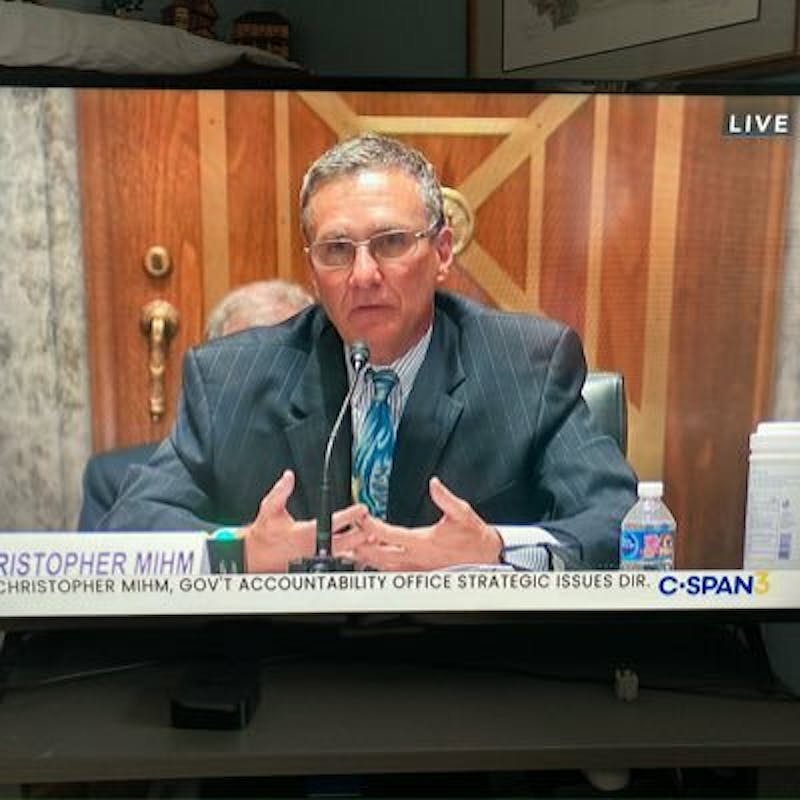by J. Christopher Mihm, Former Managing Director of Strategic Issues at the U.S. Government Accountability Office
In late February, the U.S. Government Accountability Office (GAO) released its biennial High Risk report. The report identifies 37 federal programs and operations that are most vulnerable to waste, fraud, abuse and mismanagement, or in need of transformation. Not surprisingly, several of the high risk areas are consistent with the Academy’s Grand Challenges.
GAO reported that progress on high risk issues over the last 19 years has yielded $759 billion in financial benefits to the federal government and taxpayers with $84 billion in the last two years alone. However, hundreds of billions in additional savings could be achieved by fully addressing high risk issues.
Academy Fellow Don Kettl, in his insightful analysis of the high risk report noted that “Cutting waste, fraud, abuse, and mismanagement requires three “C’s”—coordination (mentioned 33 times in the report), capacity (at 68 times), and capital (human capital, that is, with 27 mentions).” Underscoring Prof. Kettl’s assessment, according to GAO, at least 18 areas on the high risk list involve coordinated efforts across the federal government, with state and local government and or with the civil society and private sectors.
For example,
- The most recent high risk area, added with the 2025 report, is the federal approach to disaster recovery, which is fragmented across over 30 federal entities. GAO noted that “in 2024, there were 27 disasters with at least $1 billion in economic damages. Overall, these events resulted in 568 deaths…”. GAO concluded that with “so many entities involved with multiple programs and authorities, differing requirements and timeframes, and limited data sharing across entities could make it harder for survivors and communities to navigate federal programs.”
- The Department of Health and Human Services (HHS) must improve its leadership and coordination of public health emergencies. Each locality has primary responsibility for the preparedness and response to public health emergencies in its respective area. However, HHS has a vital role in leading and coordinating efforts across federal agencies and levels of government. According to GAO, HHS’ poor leadership “hindered the nation’s response to the COVID-19 pandemic, the 2022 mpox outbreak, and to a variety of other past emergencies, such as hurricanes.”
To address the boundary-spanning high risk areas, GAO’s recommended that the Congress (GAO calls a recommendation to the Congress a “Matter for Congressional Consideration”) require interagency groups develop collaboration plans based on GAO’s leading practices. The practices, which align closely with those of the Future Shocks project, seek to build the implementation capacity of cross-organizational collaborations.
For example, Future Shocks reported successful and sustained collaborative efforts give careful consideration to selecting the governance mechanism to be used, develop crosscutting Whole of Government or even Whole of Society strategic plans with active public participation, and employ agile management and AI to reduce administrative burden and center the needs of citizens, customers, and program recipients.
Too often, collaborative initiatives are launched with great fanfare only to quickly die because of a lack of ongoing attention and commitment to actually working together to address a problem. Adopting the leading practice identified by GAO and underscored by Future Shocks can help to ensure that collaborative efforts have the implementation capacity needed to respond to the complex challenges they seek to address.

